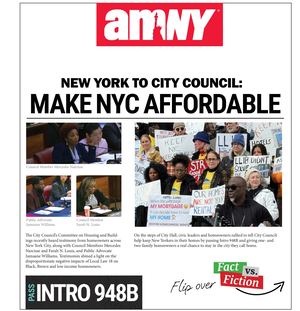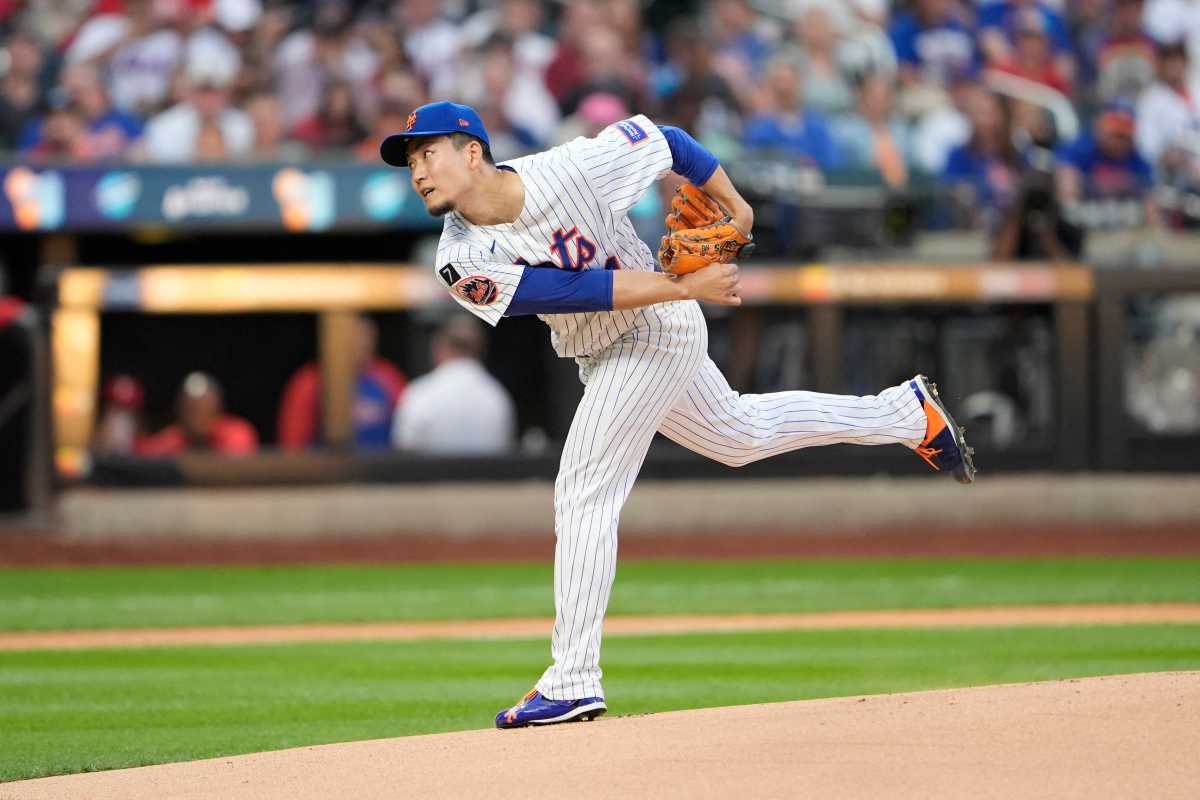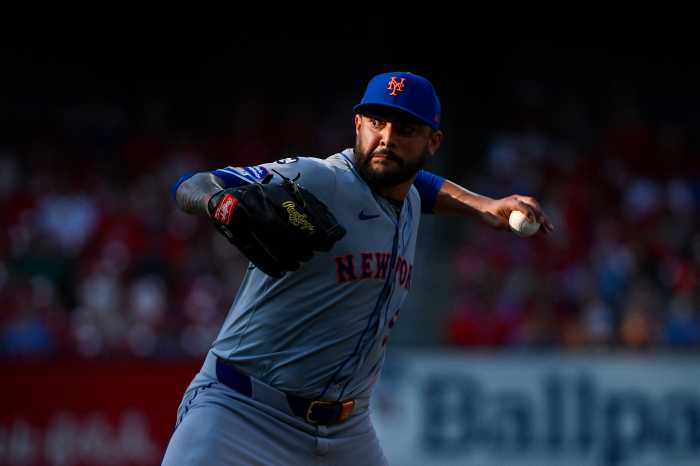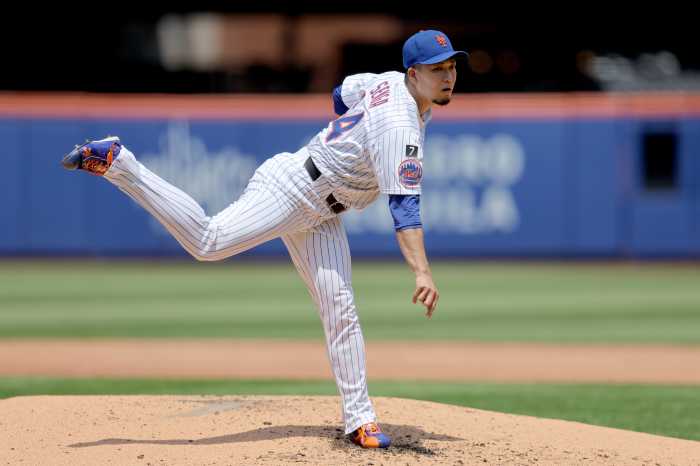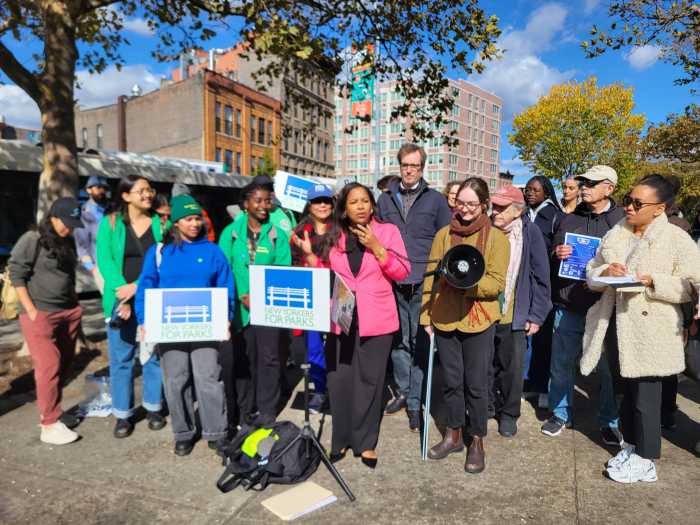QUEENS, NY — Kodai Senga’s struggles have risen to the forefront of an inconsistent Mets rotation.
What was initially believed to be an acclimation period that came with ramping back up to speed following a month-long absence with a hamstring injury has become a steady regression.
In his last eight starts since returning from the IL, the Mets’ ace has a 5.40 ERA. Take out his first start back, where he went four scoreless innings, and it swells to 6.10. He has completed five innings just three times, a victim of high pitch counts created by an inability to put opposing hitters away.
“A lot of non-competitive pitches… when you’re getting behind hitters, it’s going to be hard,” Mets manager Carlos Mendoza said, attempting to diagnose Senga’s issues. “You look up and it’s 80 pitches, 85 pitches in the fourth inning. It’s a struggle for him right now. We got to get him going because we need him.”
Senga’s M.O. always toes a thin line. He lives outside the zone, relying on batters to chase his elusive stuff, particularly his ghost forkball.
But there has been an overwhelming number of offerings that have been easily identifiable as bad pitches, making it easy for batters to pass.
Of his 1,827 total pitches throw this season, 40% of them (731) have missed either outside of the zone and beneath the batter’s belt, or completely below the zone. Of those, 212 are considered waste pitches, per Baseball Savant.
Those metrics are not far off from his breakout rookie season in 2023, but the results have been overwhelmingly different.
“I don’t think we’ve seen the consistent quality of stuff in the zone,” president of baseball operations David Stearns speculated. “When you don’t have the consistent quality of stuff in the zone, you tend to nibble a little bit more, and I think that’s what we’ve seen. We’ve had some count control challenges. I think he’s done a really nice job of minimizing damage. We’ve had a lot of traffic in his starts, but he’s generally kept us in the game and competitive. He’s frustrated, right? He doesn’t think he’s pitching at his best right now, and so we’re gonna continue to work with him and do our best to get him back to a good spot.”
Senga chalks it up to a difference in the “sensation of delivering power into the ball.”
“I’ve been lacking in that aspect a little bit,” he said through his translator, though the specifics were rather vague.
“Just the lack of whether it’s power or movement, or anything along those lines, near home plate, where the batter sees it,” he explained. “It’s lacking just a little bit, and that’s why maybe I get the hitters off balance, but it lands for a hit. It’s not a foul ball. It’s hit in fair play. Those are the minor differences I feel that might be related.”
Struggles within the Mets’ rotation have not been exclusive to Senga, which is why the organization has been aggressive in calling up top pitching prospects Nolan McLean and Jonah Tong to spark. But a large portion of their postseason hopes are going to rest on Senga’s right arm, as an experienced stopper will be necessary as the stakes begin to rise.
“It’s not so much a level of confidence. It’s something I have to [figure out],” Senga said. “If I’m not able to do that, I’m going to pull the team down. I’m not going to be able to contribute to the team as I would like to.”
